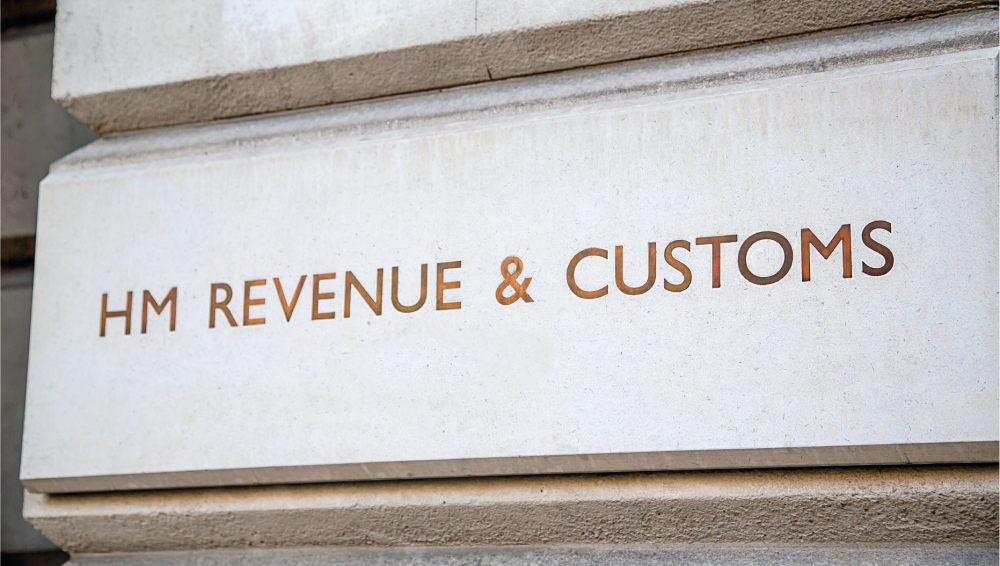HMRC challenges the zero rating of some online charity advertising
01 Jun 2018

It has been reported that HMRC is challenging the applicability of the VAT zero rating for advertising on third party platforms, particularly via social media such as Facebook. HMRC’s view is that advertising of this nature is targeted at individual browsers and thus fails to meet the zero rating criteria.
Over recent months a number of industry bodies, charities and agencies have prepared a strong technical case as to why HMRC’s view is incorrect and presented this to them. HMRC has responded with a very restrictive view of the term “selection” which – if correct – would have significant implications for charities and their agencies using some forms of digital advertising.
The HMRC response does confirm that “pay per click” advertising and general banner advertising do qualify for VAT zero ratin.
But where any form of selection has taken place - eg. based on profile or previous browsing history - then this is considered direct marketing and subject to VAT. (The full text of HMRC’s response is shown in appendix A)
The DMA will continue to work with the Charities Tax Group (CTG) and members of the Institute of Practitioners in Advertising (IPA) and it is hoped to commission a counsel’s opinion to test HMRC’s position.
Subject to the outcome of that opinion the industry group will support a tribunal case to challenge any HMRC assessments or determinations.
In the light of this feedback from HMRC it is likely that certain agencies and advertising providers may take the view that the zero rating does not apply to any advertising of this kind and start charging VAT.
Since this issue is far from settled and may be subject to a legal challenge we strongly recommend that charities should reserve their position with their suppliers rather than simply accept it. How this is achieved will obviously depend on the individual charity’s relationship with their supplier.
We will also be making a strong case to HM Treasury for a review of this VAT legislation to ensure that it keeps pace with technological developments and fundraising practice. Increasing use of digital advertising is being driven by market forces and consumer demand, rather than by the charities themselves.
If the intention of the legislation was to offer VAT relief on advertising by charities to raise funds and awareness – and that is the stated view – we believe that the law should be updated to honour this original purpose, and to reflect the fact that online charity advertising was never meant to be excluded.
Appendix A
As you are aware, HMRC has previously accepted that pay-per-click sponsored links which appear on search engine websites are advertisements for the purposes of Items 8 and 8A. This was confirmed in Revenue & Customs Brief 25/10, which also concluded that:
“The listing of a charity in the results of a search engine (‘natural hits’) does not constitute the promulgation of an advertisement for the purpose of Item 8 since the charity’s name appears automatically, regardless of any action taken by or on behalf of a charity, and merely highlights text from the charity’s own website.”
However, when the relief was being extended in 2000, our general policy concluded that the word ‘addressed’ was to be interpreted widely, as with all VAT reliefs. It was therefore to cover direct mail and emails sent to ‘the occupier’ and even that addressed by inference when it is delivered to every address in a location but not individually marked. It was also expected to cover telephone calls whether or not the person receiving the call is known to the charity, even when the number is selected at random. In each case, an individual (or family) or address of some form has been specifically targeted to receive information rather than an advert being placed that may or may not reach particular members of the public.
HMRC has not changed its policy in this respect, and indeed it follows the wording of Note (10A), which refers to ‘selected’ as including “at random”.
The word “includes” is not, of course, defined in the law, so it takes its everyday meaning. The Cambridge Dictionary says that “include” means
“comprise or contain as part of a whole”
Therefore, Note (10A) says that selection can be by an address or at random. Either way, where a person receives an advert due to some form of sorting/choice, where the advert hasn’t been placed to general view, that will constitute selection for the purposes of the relief.
In respect of digital marketing, an ‘address for electronic communications purposes’ will mean any series of letters and symbols that specifically tells you where to find something or an individual. If digital tools are used to identify a particular ‘address’ of this kind, in relation to its search history, or other options, so that an advert only goes to that ‘address’ and avoids addresses that would have no interest, that will have been selected as per Note (10A).
We have previously advised that Note (10A) does not require a decision to be made by a human. However, any selection, regardless of the process used, will have been performed on behalf of the charity. Therefore, even if the online tools setup by a third party provider select an individual’s IP address automatically, that will still be selection by the third party on behalf of the charity.
It therefore remains HMRC’ view that where any selection takes place, such that an advert is not promulgated on a general basis, the relief cannot apply.”
Please login to comment.
Comments